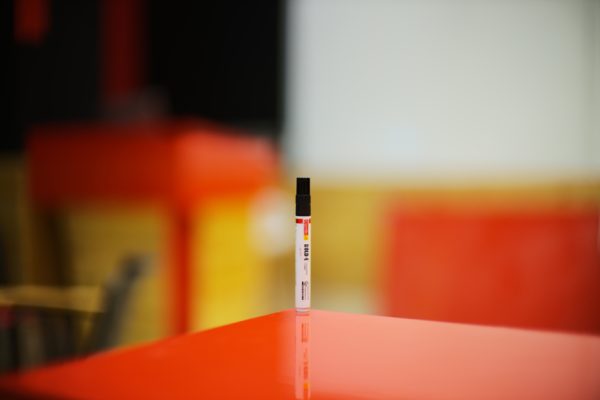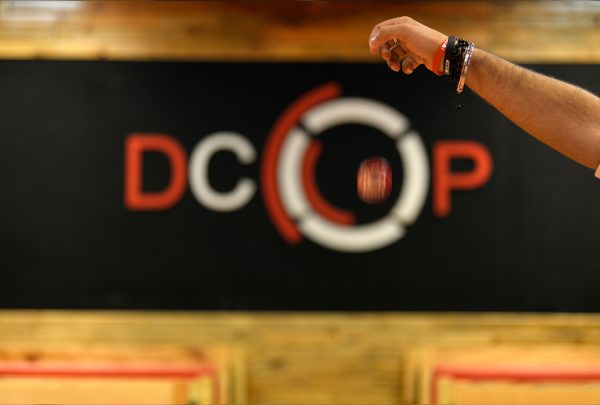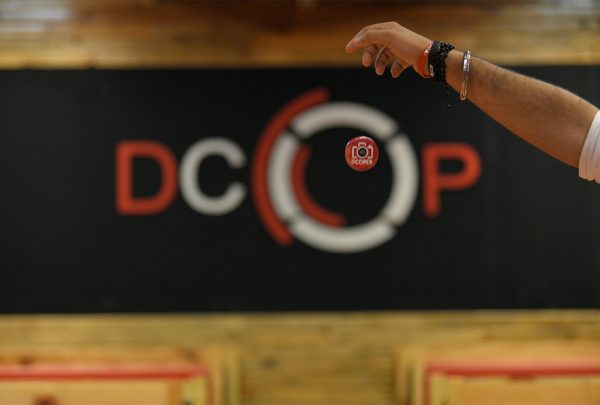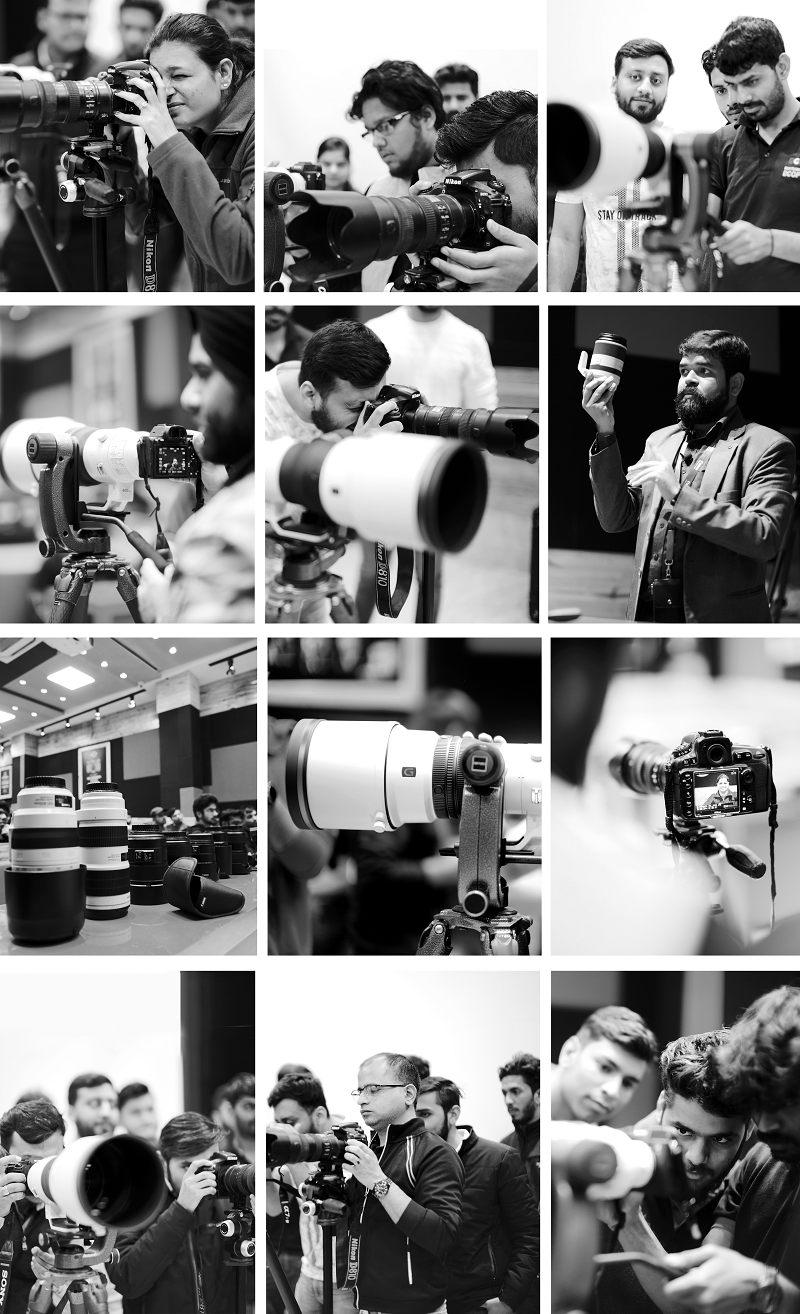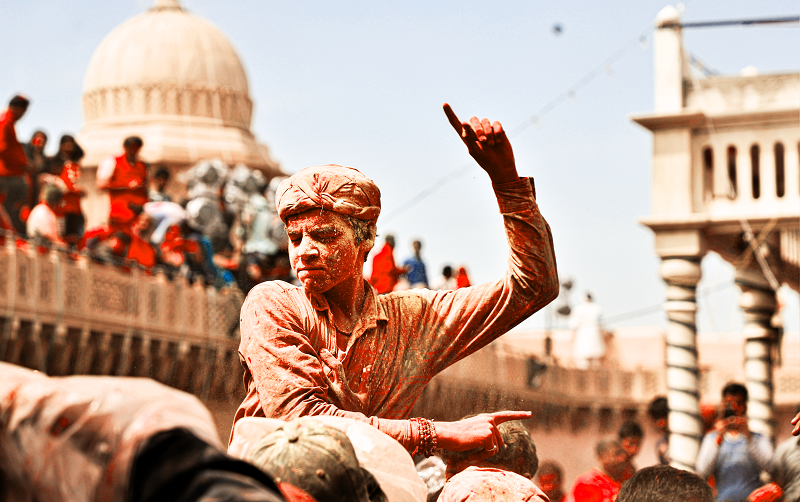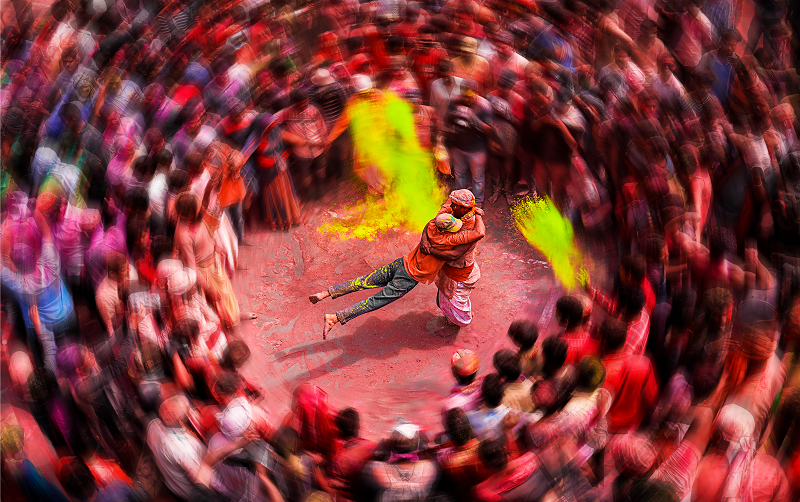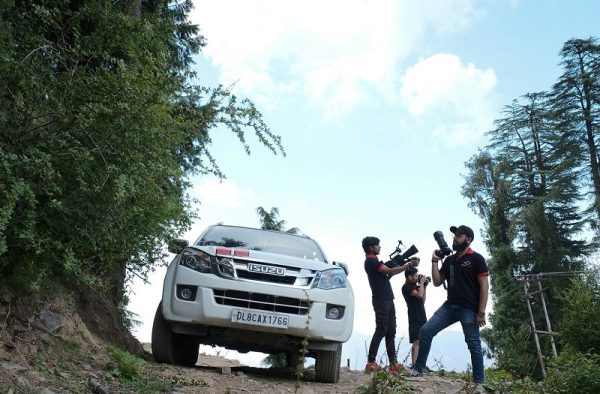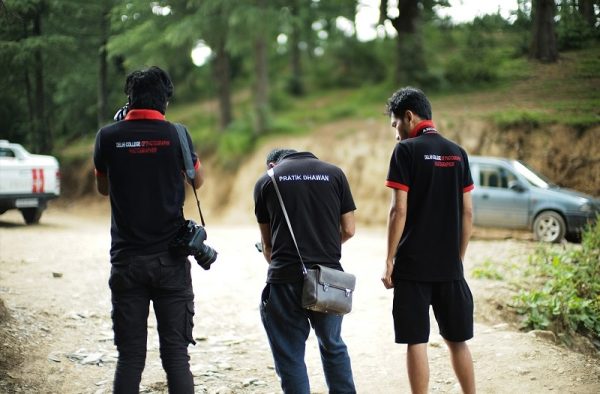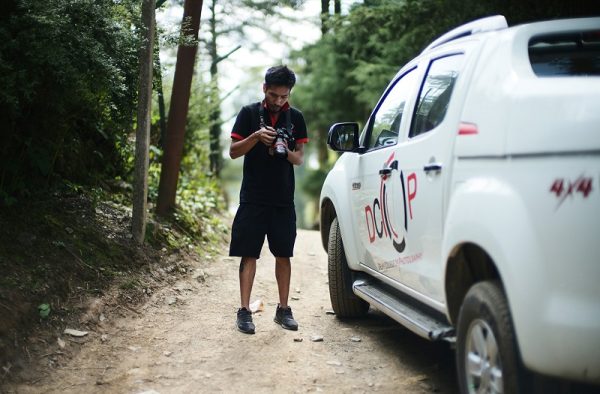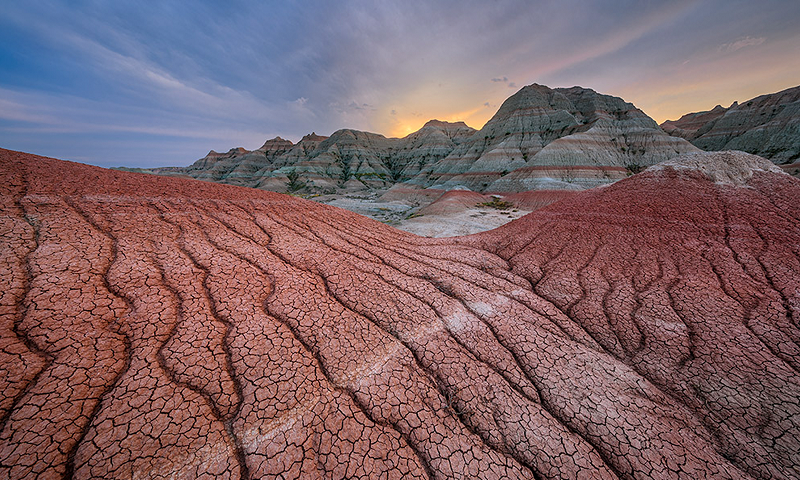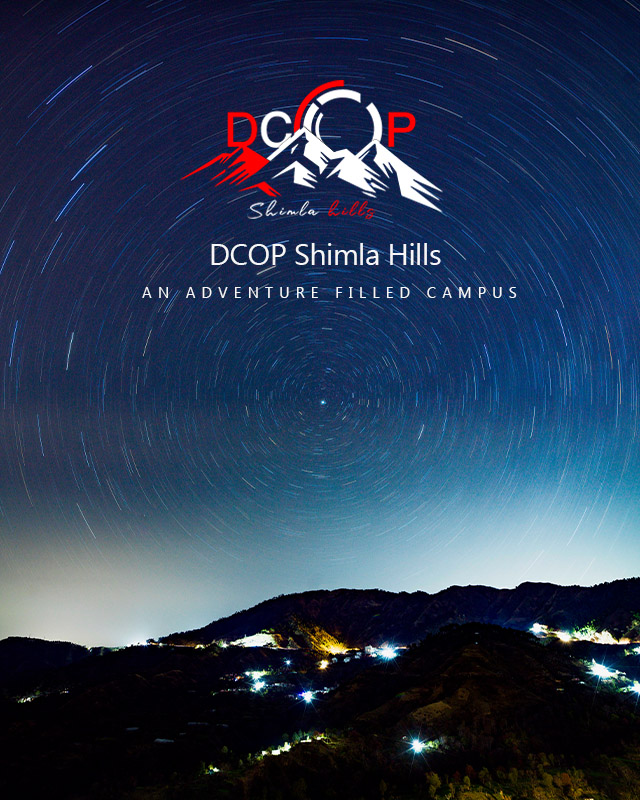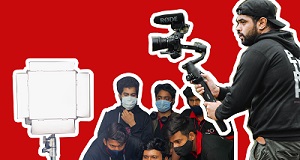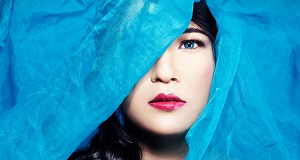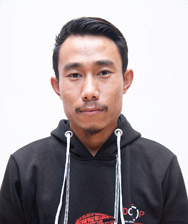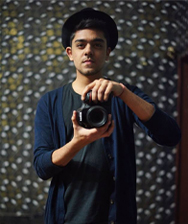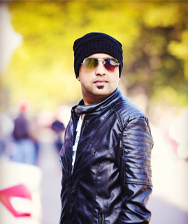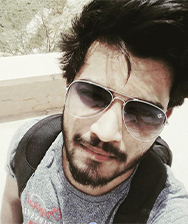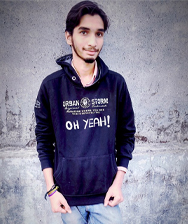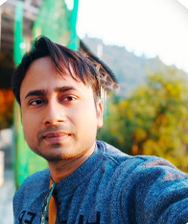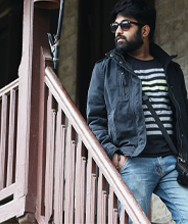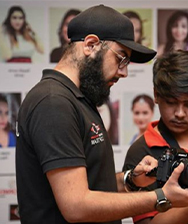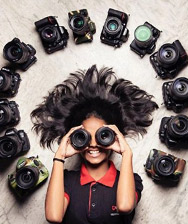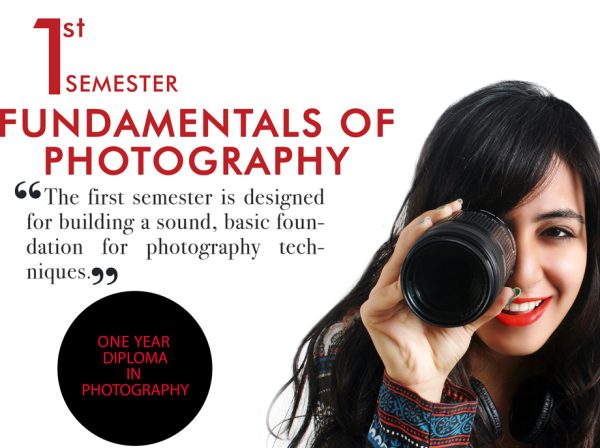
Through hands-on studio and field demonstrations, students will get an understanding of how digital cameras operate, along with the necessary tools and techniques for getting the most out of their cameras. Students will gain knowledge of camera settings, ISO, metering, exposure, choosing the best lens, and the fundamentals of flash photography in this session. Additionally, they will know when and how to employ add-ons like tripods and filters. Through individual shooting assignments under the guidance of faculty, the module will assist students in exploring the concepts of depth of field, color theory, composition, and white-balance functions and gradually developing their skills when using their digital SLR cameras and standard lenses for still imaging.

Students will learn the working of the digital camera, equipment, and how to make the most of their cameras through practical studio & location shoot demonstrations. In this module, students will learn about camera controls, ISO, metering, exposure, choosing the right lens, and the basics of flash photography. They will also understand how and when to use optional accessories like filters and tripods.
The module will help students to explore the concepts of depth of field, color theory, composition, white-balance functions and gradually attain proficiency in shooting with their digital SLR cameras and standard lenses for still imaging through individual shooting assignments mentored by faculty.
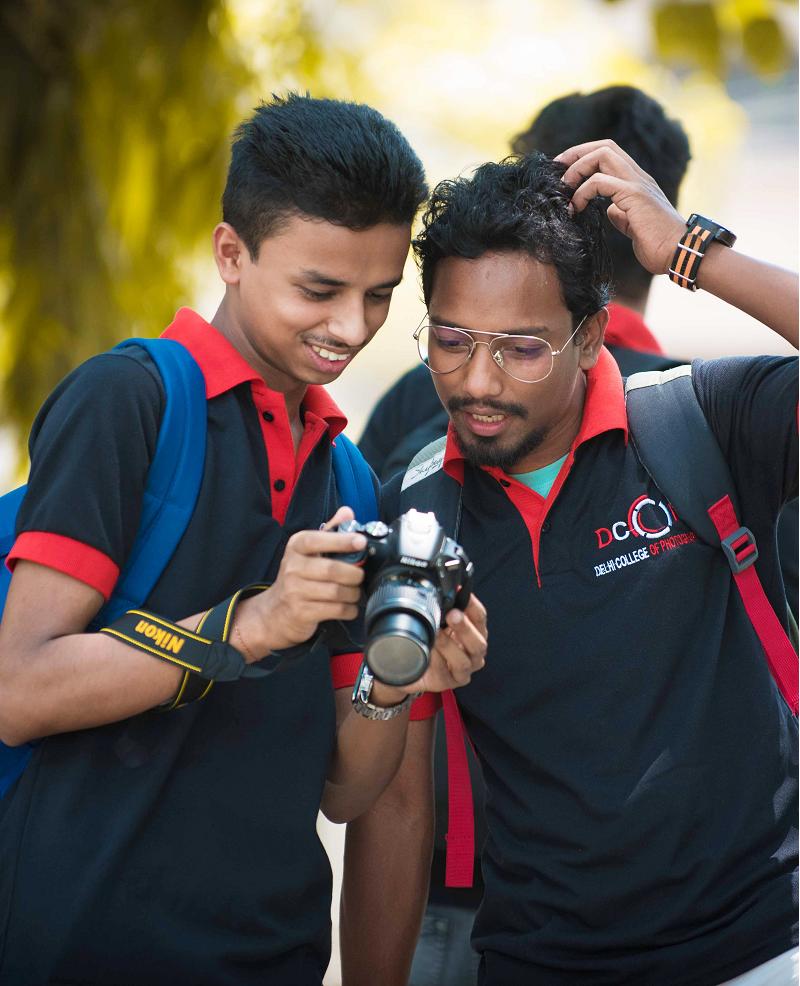
Exposure triangle is a combination of three different elements in the camera i.e. the shutter, aperture, and ISO. All of these elements have a different purpose to serve. The photographer may choose the combination of these in different ways to achieve whatever is required for the photograph.
These elements control different functions and are related to each other in some or other ways. Therefore, depending on what is desired in a photograph one can achieve great results using the exposure triangle to his benefit.
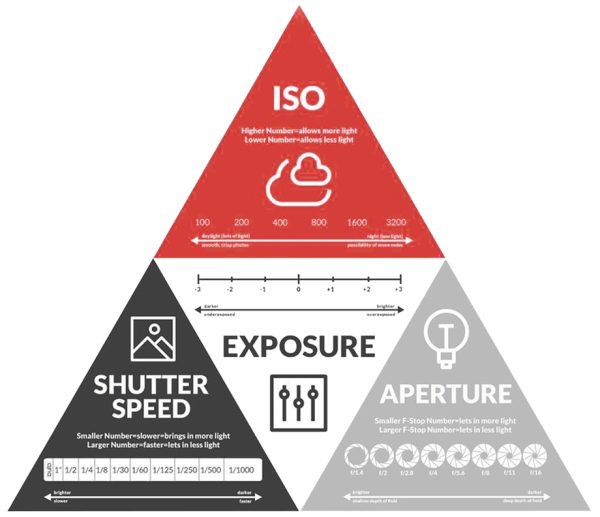
For many cameras, depth of field is the distance between the nearest and the furthest objects that are in acceptably sharp focus in an image. The depth of field can be calculated based on focal length, distance to subject, the acceptable circle of confusion size, and aperture. The depth of field in a photograph could be divided into two categories: shallow and large.
Shallow being blurred out other than the point of focus and large being the maximum area of an entire photograph in focus.
In photography, shutter speed or exposure time is the length of time when the film or digital sensor inside the camera is exposed to light, also when a camera’s shutter is open when taking a photograph. The amount of light that reaches the film or image sensor is proportional to the exposure time.
The shutter speed of a camera is denoted in fractions of 1 second and the shutter can be kept open for 30 sec or even more in the bulb mode. A fast shutter speed enables to freeze things in motion and slower shutter speed helps to show motion in a photograph.
ISO is a camera setting that brightens or darkens a photo in the most basic sense. Your images will get increasingly brighter as you increase the ISO setting. As a result, ISO can assist you in capturing photographs in low-light situations or allowing you to be more flexible with your aperture and shutter speed settings.
Composing an image means arranging elements within it in a way that suits the core idea or goal of your work best. Arranging elements can be done by actually moving objects or subjects. A good example of this case is portrait or still life photography. Street photography involves anticipation, since the photographer doesn’t usually have the choice of moving his subjects himself, but has to wait for them to make the most suitable position within the frame.
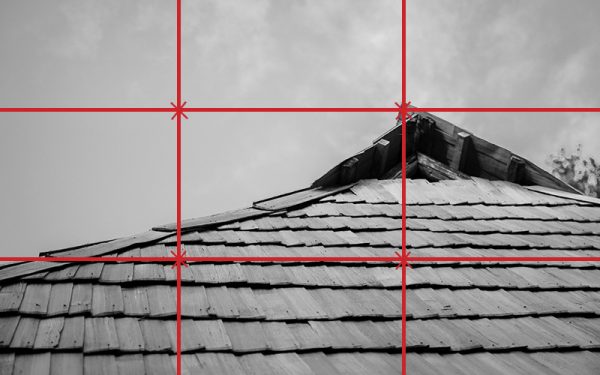
There are various types of angles to choose from while shooting any photograph. Shooting different kinds of pictures requires choosing appropriate angles to give a unique appeal to the photograph. Hence, knowing the angles right is necessary and helps you in creating visually appealing photos.
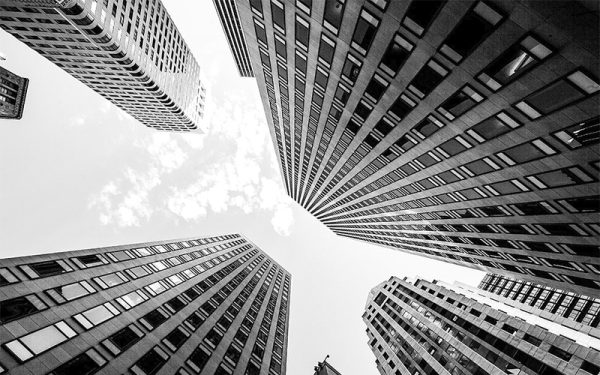
Framing refers to using elements of a scene to create a frame within your frame. For example, you might shoot through a doorway, pulled back curtains, branches, fences, tunnels, or arches to highlight your subject.
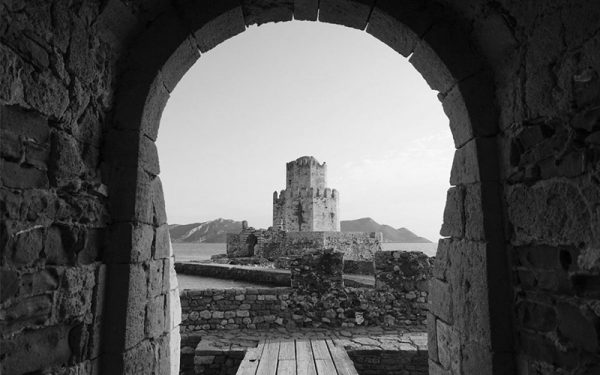
When it comes to creating a visually appealing photograph it is important to understand the rules of composition and angles. These rules set a guideline for the photographer, using which one can make more compelling photograph.
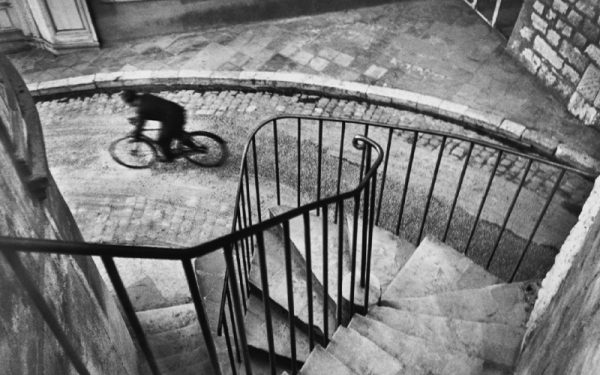
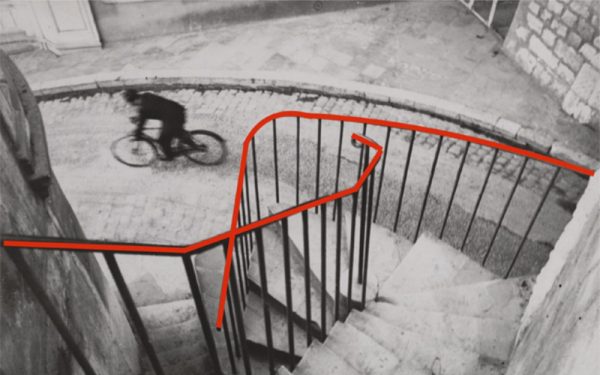
Panning is a photographic technique that combines a slow shutter speed with camera motion to create a sense of speed around a moving object. It is a way to keep your subject in focus while blurring your background.
It is an interesting technique to make a photograph look dynamic when both the subject and the background appears to be moving in one direction. Panning technique gives an interesting edge to the photograph, rather than a cliched form of image-making.
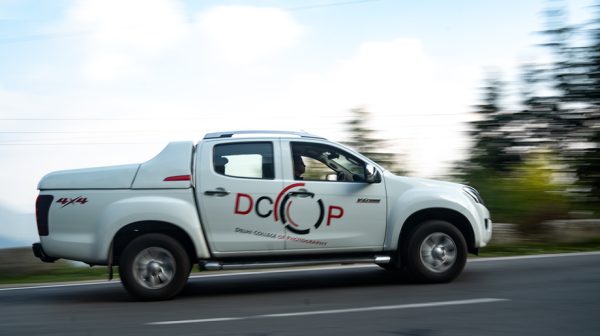
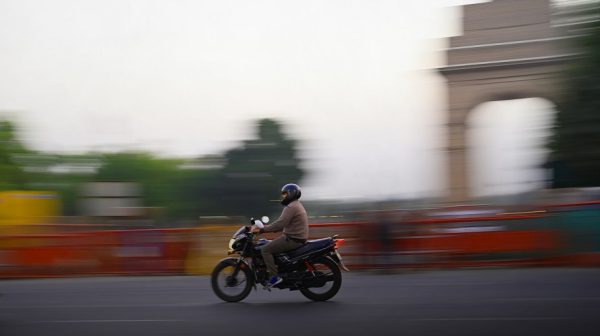
White balance (WB) is the process of removing unrealistic color casts. Proper camera white balance has to take into account the “color temperature” of a light source, which refers to the relative warmth or coolness of white light. A camera has different presets of white balance that allows a photographer to achieve true tones in a photograph by adding counter tones to achieve what appears to be realistic.
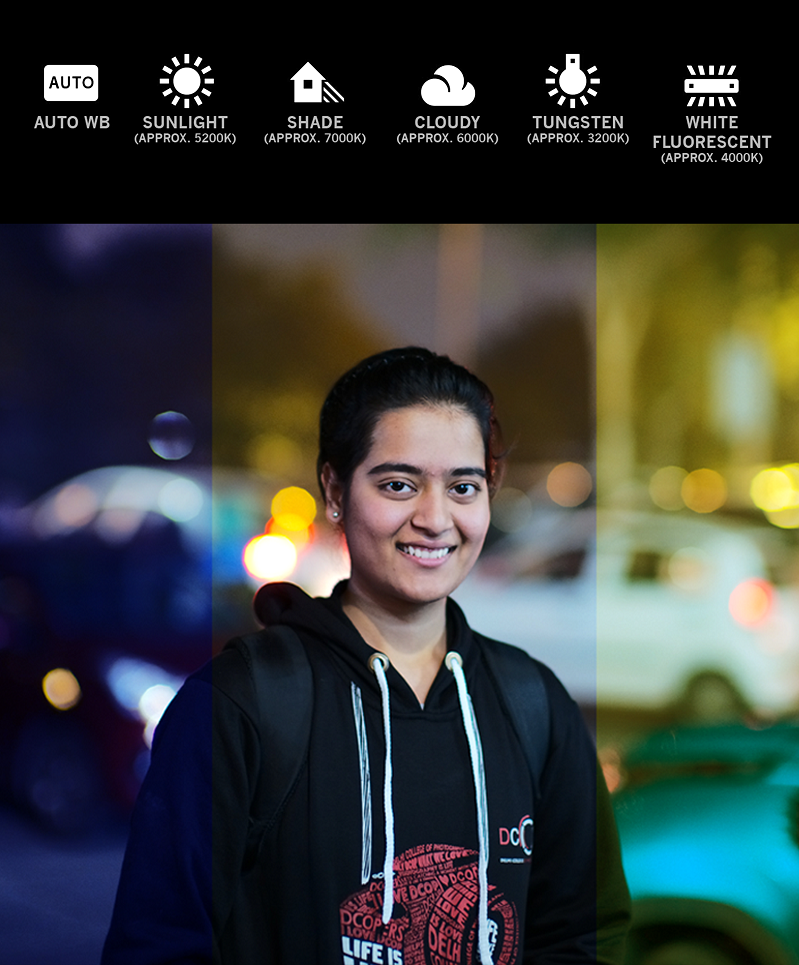
At Delhi College of photography we teach you all the necessary skills and tricks to produce breathtaking outdoor pictures whether it’s a landscape, architecture, portrait shoot and other.
Outdoor shoot presents photographers with a variety of challenges and opportunities. The light throughout the day varies considerably and can have a huge impact on the pictures you take. Although the light varies throughout the year, and at different locations around the world. We sometimes can’t be as choosy on these but, the time of day is something we can select.

We’ll show you the exact settings you’ll need to use, and which gadgets are worth taking out and about with you. We’ll also throw in plenty of great tricks to help you encourage your camera out of its nightly slumber.
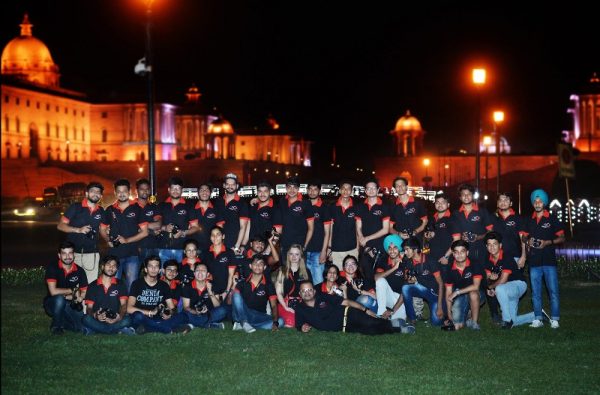
Silhouettes are a wonderful way to convey drama, mystery, emotion, and mood to the viewers of your photos and often stand out in an album because of the combination of their simplicity but also the story that they convey.
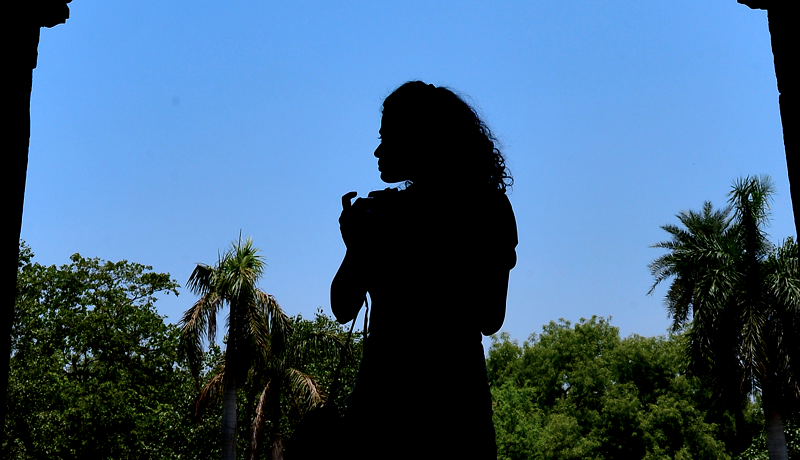
The whole idea of shooting pictures of smoke is to understand in what lighting conditions the smoke is shot. Silhouettes are a wonderful way to convey drama, mystery, emotion, and mood to the viewers of your photos and often stand out in an album because of the combination of their simplicity but also the story that they convey. The whole idea of shooting pictures of smoke is to understand in what lighting conditions the smoke is shot.
Smoke photography is used in a variety of genres of photography. For example; Food, Automotive, Product, Industry, etc.
There are a few things to keep in mind while shooting photographs that include smoke as an element of contrast or as the key subject. The lighting is dicey and the overall formation varies from different kinds of photography.
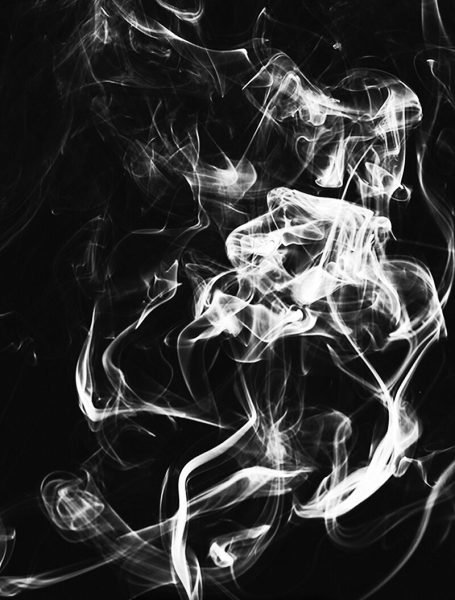
Panorama is a technique wherein multiple shots are taken for a scene and are then stitched later on using photo processing software. This technique allows the photographer to be able to capture more and beyond what the camera can offer in a single click. One can be highly creative whit these kinds of photographs.
This isn’t where it stops. there are multiple ways to capture such kinds of photographs and there is more to it than just a wide field of view, one can create an extremely shallow depth of field and still have a really wide frame too and so much more.

Henri Cartier-Bression
Henri Cartier-Bresson was a French photographer whose humane, spontaneous photographs helped establish
photojournalism as an art form. He developed his theory that photography can capture the meaning beneath
outward appearance in instants of extraordinary clarity.
Henri Cartier-Bresson traveled the world and shot in places such as India, all of Europe, the United States, China, as well as Africa. In more than 40 years as a photographer, Cartier-Bresson wandered continually around the world. In each country he spent as much time as needed so that he became totally immersed in the environment.
Henri Cartier-Bresson has been everywhere from England to India to Indonesia and back. He was in England for the coronation of King George VI; he was in India when Gandhi was assassinated; he was in Indonesia as the nation gained independence from the Dutch. He was seemingly everywhere.
“You just have to live and life will give you pictures.”
When he traveled the world, he was able to capture a different slice of life and learn more about the local people he was with. He found it important to travel as often as possible and explore different countries and cultures, as it helps to inspire photography and open eyes to undiscovered. Considered the godfather of photography, his images
revealed the early raw possibilities of street photography and photojournalism in general. To his mind, photography provided a means, in an increasingly synthetic epoch, for preserving the real and humane world.
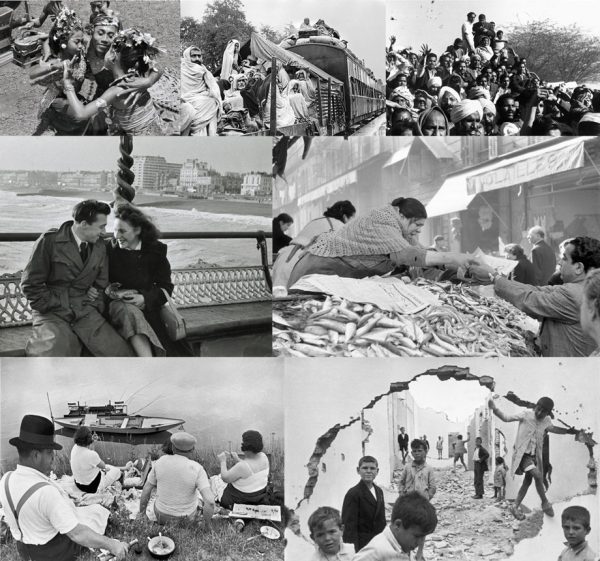
DCOP Shimla hills campus is majorly for practical sessions. Certain types of photography cannot be practiced in Delhi Campus. Students of the one-year Diploma program are taken on a mandatory field trip to practice various kinds of photography like landscape photography astrophotography, nature trails, travel photography, star trails, etc.
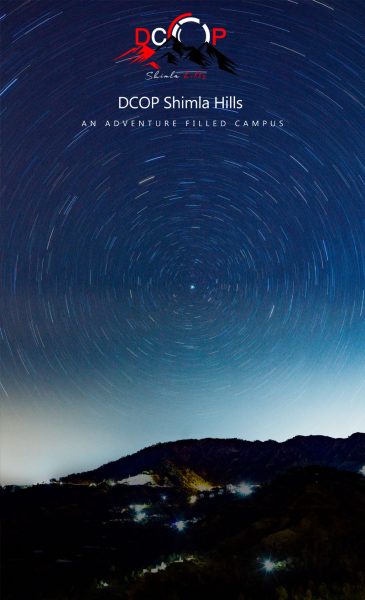
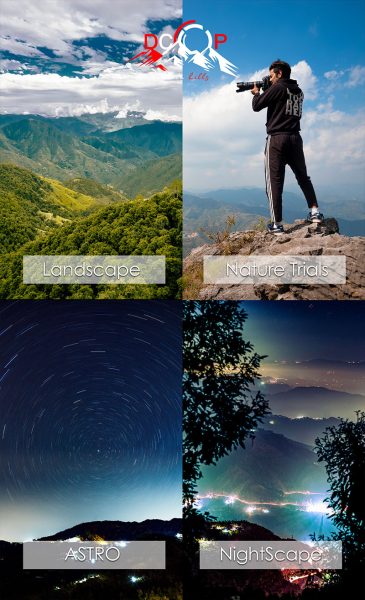
There are stories everywhere. Street photography enables you to bring those stories to life. Shooting photographs in the street does require a lot of patience, interacting with strangers, and bringing the photographs to life.
Street photography is an essential part of the diploma program. It helps the students to understand the rules of composition, takes them out in the field, and challenges them as the situation arrives.
Travel Photography involves the documentation of an area’s landscape, people, culture, and history. A travel photo is an image that expresses the feelings of a time and place, portrays a land, it’s people, or a culture in its natural state, and has no geographical limitations.
We teach students to make great image shooting a wide variety of subjects under various available conditions, e.g, low light photography indoors, available ambient light photography for exteriors of building and monuments, shooting on the streets, where sometimes conditions may be hostile, capturing monuments which rarely recur, capturing the magic of light while shooting landscapes, etc.
Photojournalism is a particular form of journalism that employs images in order to tell a news story. Photojournalists often travel to take pictures for news articles and magazines that either tell stories or provide visual images that accompany an article. In addition to taking photos, some photojournalists are also responsible for editing and developing the pictures and preparing them for publication.
Long exposure is a technique used to shoot the movement of light from any point to the desired. Long exposure photography is used to shoot traffic trails, create interesting shots using composite as a technique, shoot star trails, etc. When shooting for longer exposure duration in the camera it is needed to have a few additional gears for achieving perfect results.
For example, a tripod, a shutter release cable or wireless remote control, external flash for specific situations, etc. Settings for such pictures are also different for every other photograph that one makes.
As confusing and tricky as it gets, it’s always fun to explore creative ways to use your camera.
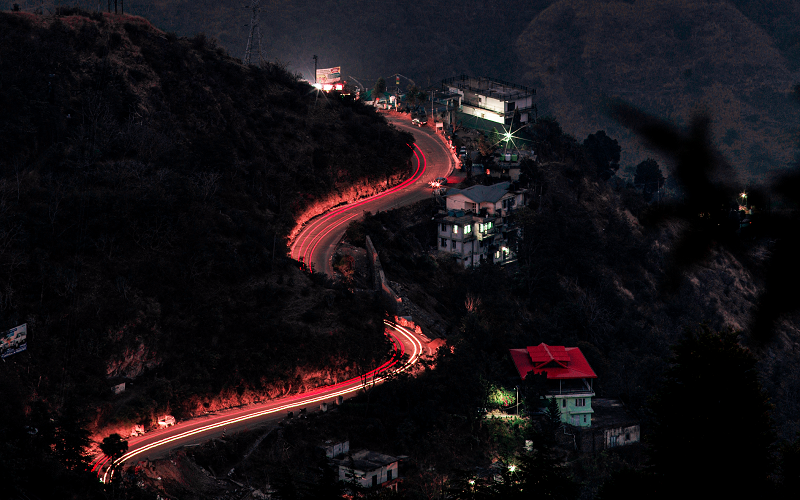
Light Painting is a technique that is used for creating really interesting patterns from different light sources.
Ranging from something as simple as a torch or something as complicated as a light shaping tube. Its fun and is also used in a lot of creative photographic processes.
Different types of photographers use these techniques for different purposes such as pre-weddings, Fashion, Portraitures, Products, etc. It requires a lot of practice and experimentations but the results are worth the wait.
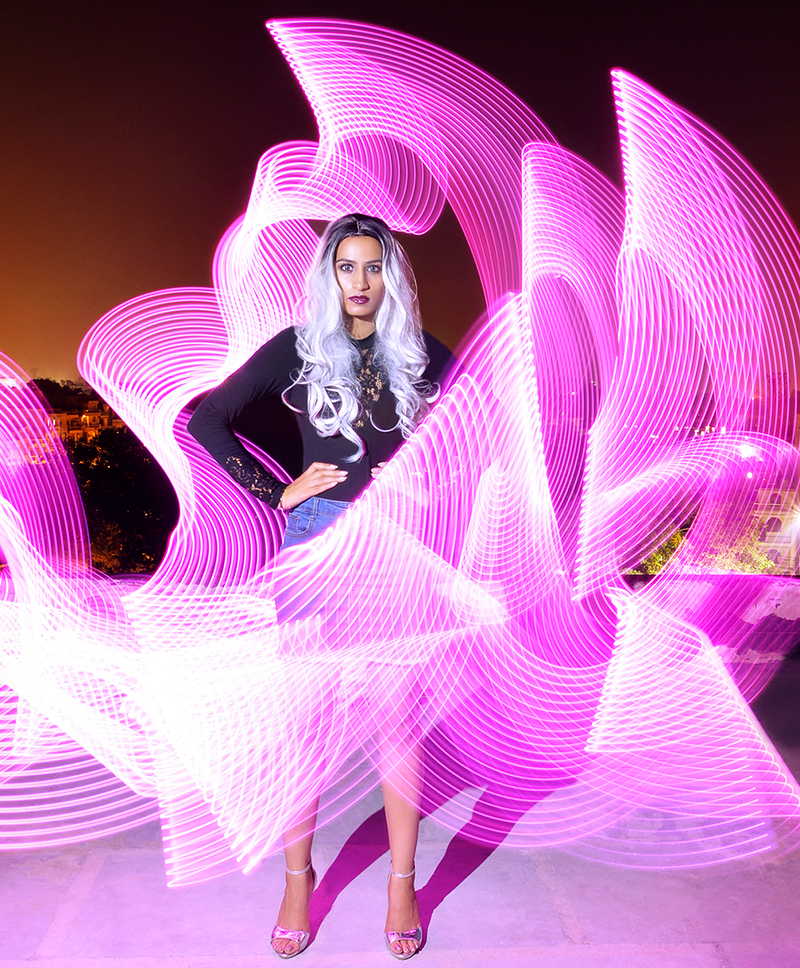
Three-point lighting is a basic lighting technique which can also be called the base of all other lighting techniques. This studio lighting setup enables the students to understand how the lighting plays an important role and how putting the lights in different positions creates depth and dimensions in a photograph.
Along with the knowledge of the light setup, the students also learn about different studio lights and various modifiers that are used for shooting photographs in the studio
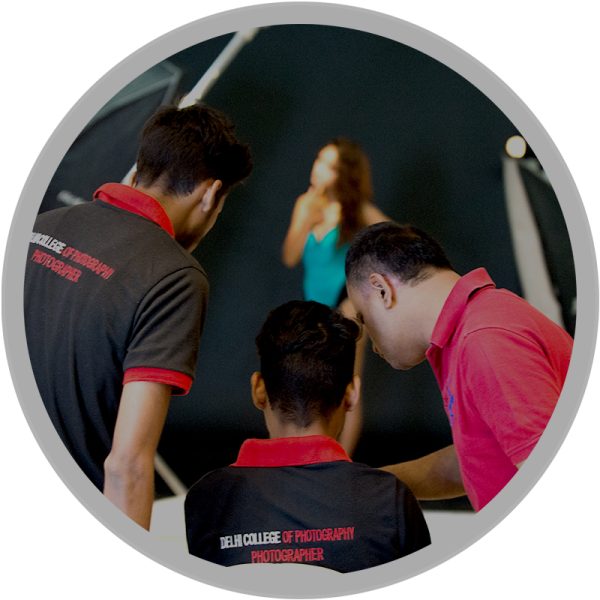
Fire photography is an exciting genre that can help you take powerful photos of the fire. In addition to photographing the beauty of fire, you can use something as simple as a candle flame. This will light up your subject, create atmospheric photos, or add a pop of color to a simple image. This when taken to a little advanced level is shot in the studio using flashlights and strobes. The overall formation and beauty of fire are tunning when shot in a controlled environment.
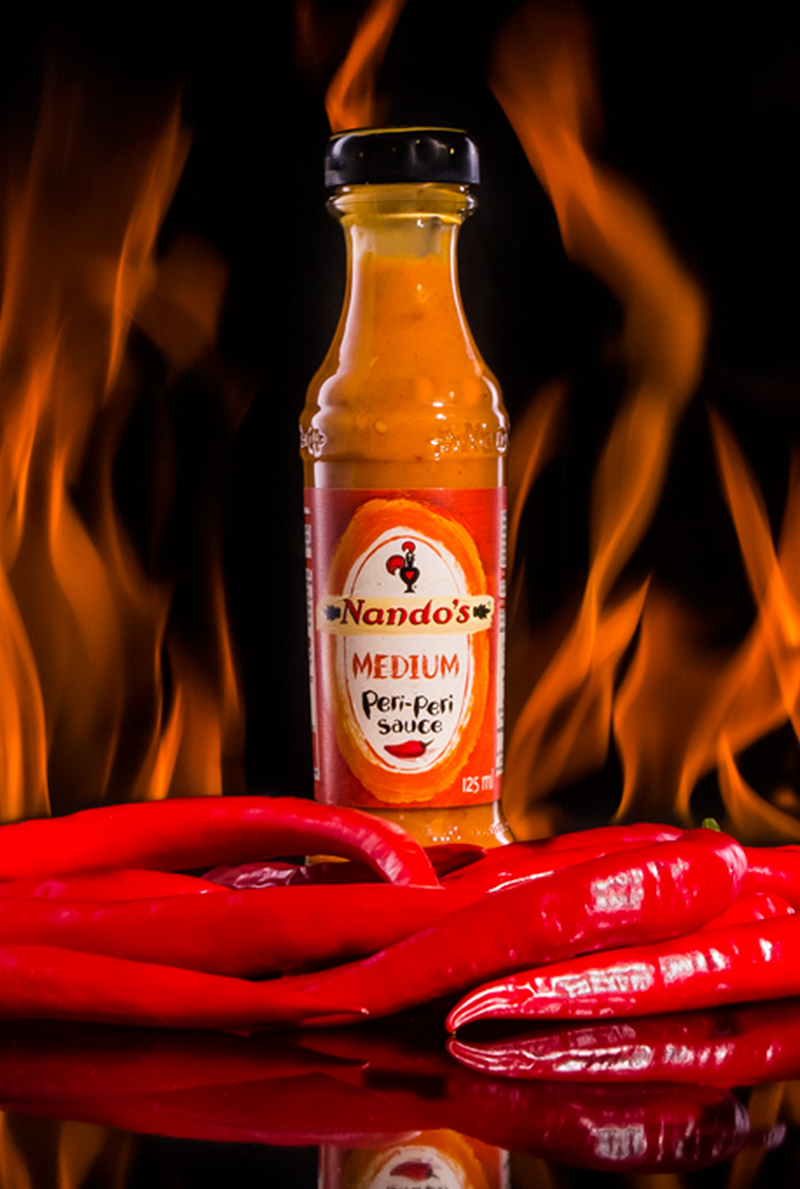
Splash photography can yield some of the most stunning stop-motion images. This specific technique involves great timing—and sometimes a bit of luck—to achieve, but it is well worth the effort as it helps you practice and improve your photography skills while allowing you to have a lot of fun in the process. Splash photography involves controlled shooting with lights and modifiers and synchronization.
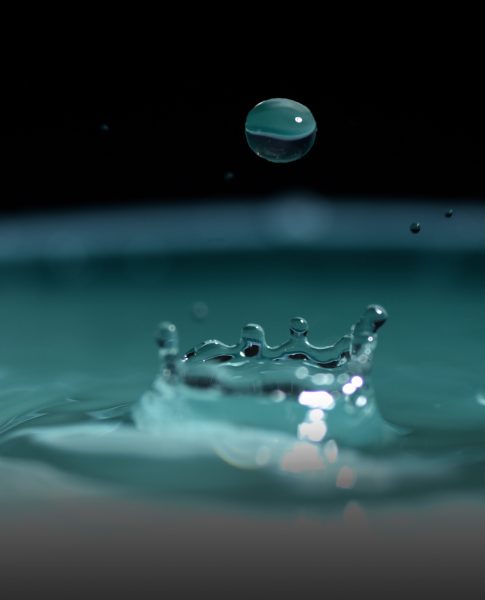
Flash photography is practiced for a very long time. The whole idea of using a flash while doing photography is to get better lighting while shooting in unevenly lit conditions. There are various ways one can use the flash for. There are various modes in the flash that can be used in different conditions.
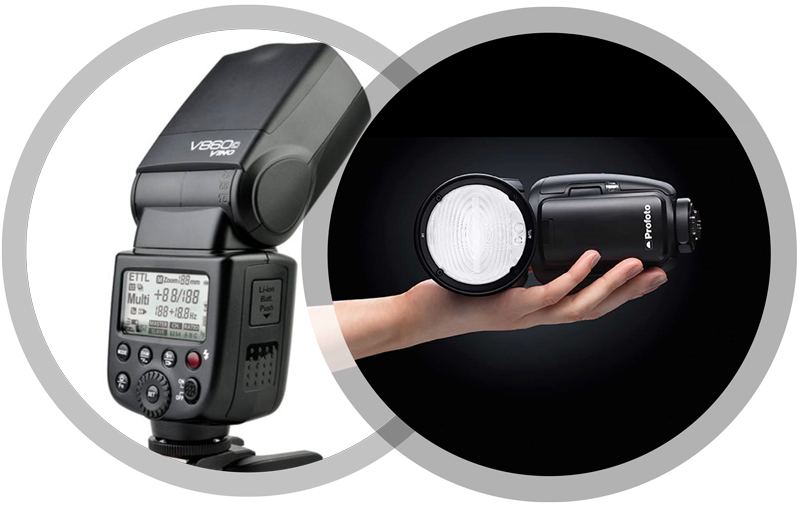
Levitation photography is a technique where the subject appears to be levitating or even more. This is a technique which involves shooting multiple shooting and photo processing to achieve the final result.
One can be highly creative while creating such images and simply add a dynamic edge to their collection of photographs.
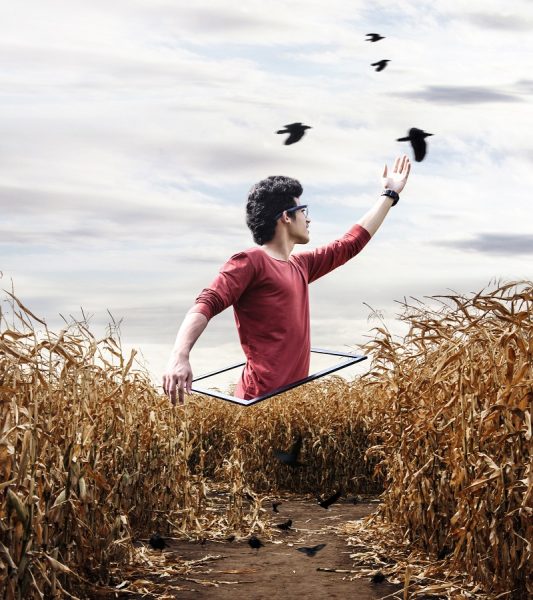
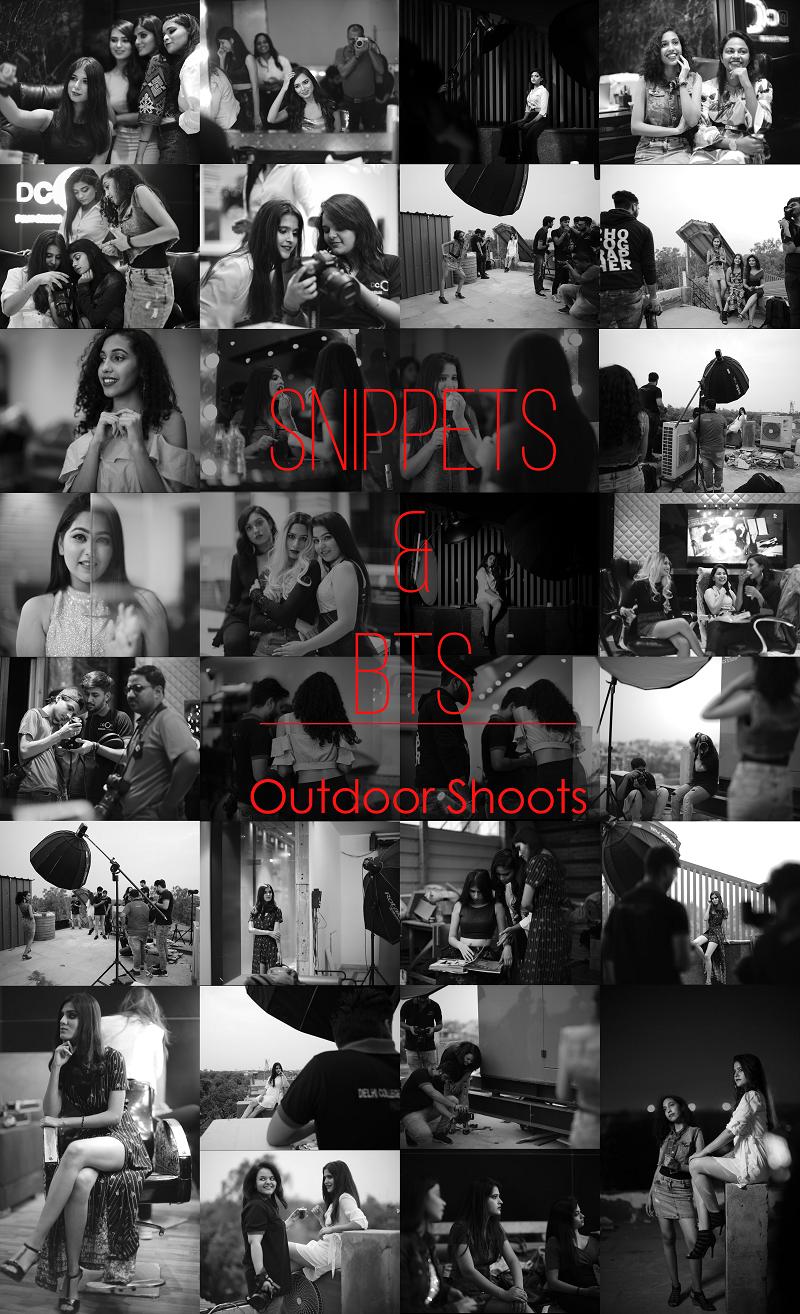
A camera lens can only focus to a single distance at any one time, but there’s an area that extends from that point,
both towards the camera and towards the horizon, where things still look sharp. Knowing how to calculate hyper-focal distance isn’t actually as complex as its technical name implies, but mastering this important photography technique can make all the difference to your photography. Hyper-focal focusing is usually used by photographers who are shooting landscape, interior, and architecture.
After a photographer takes a picture its very important to work on it, for final touch-ups to create digital art, how to manipulate images using various software’s to achieve desired results. Students will discover using sophisticated sharpening techniques, selectively applying filters, masks, tone, texture, color matching, correction, and many more from a professional point of view. The software we teach is industry standards like Adobe creative suite that includes Photoshop, Bridge, Lightroom, etc.
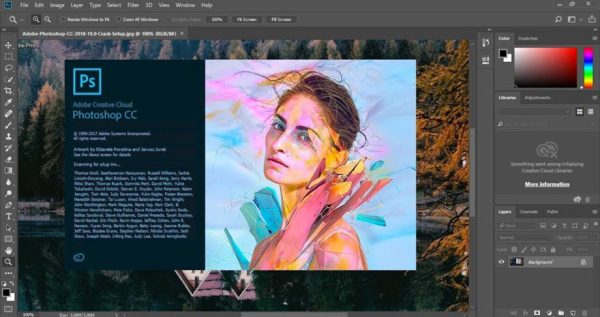
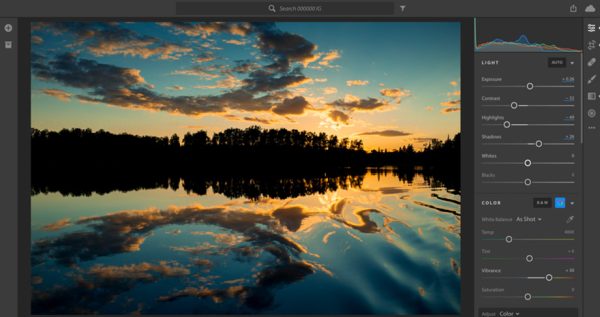
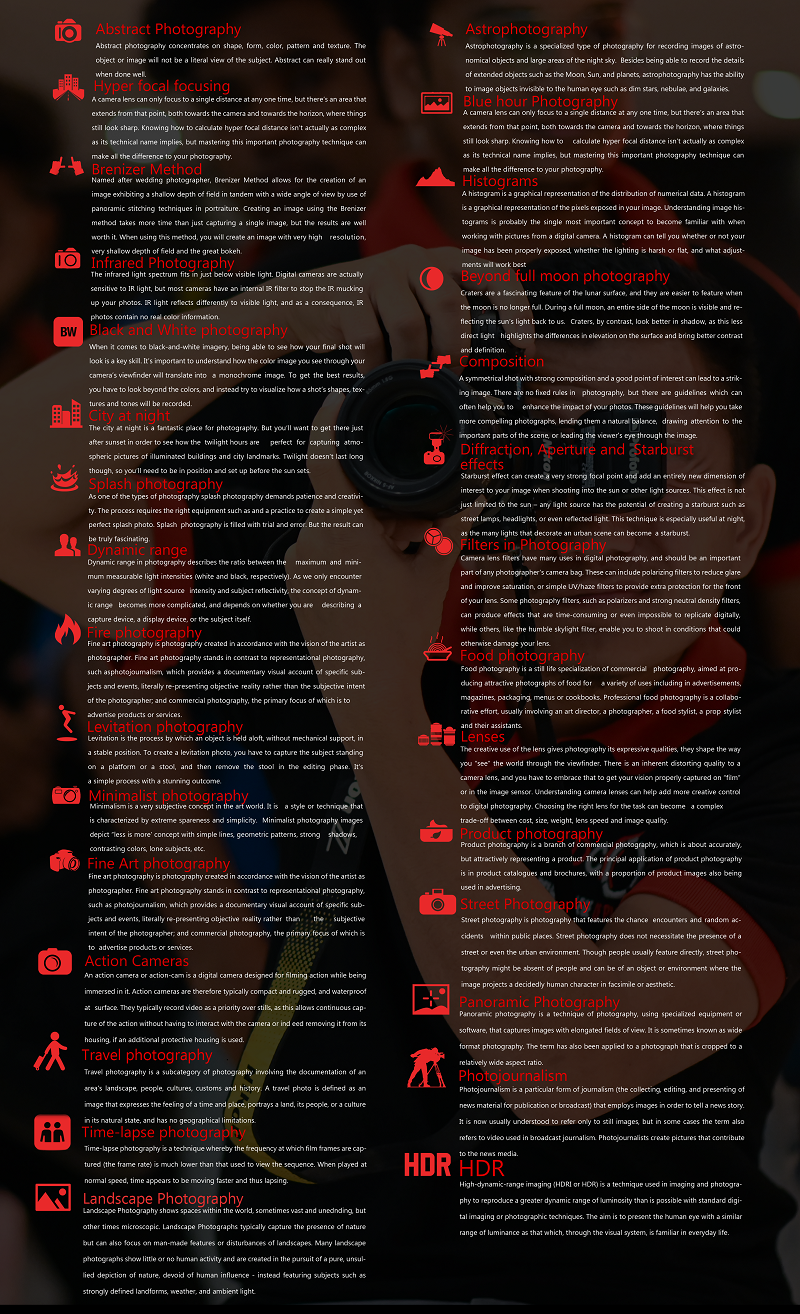
 Download Brochure
Download Brochure